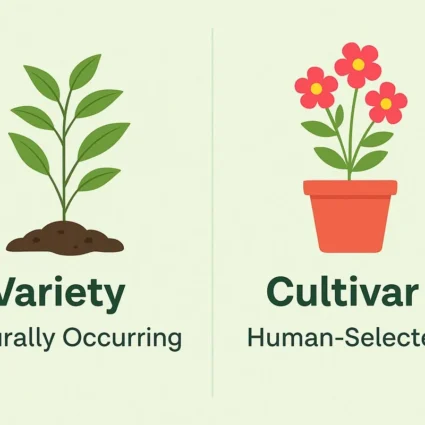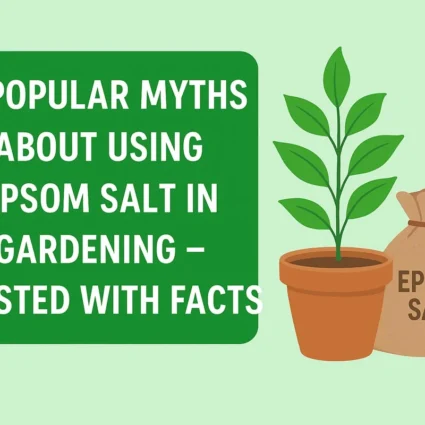
Unveiling the Secrets to Fix Hibiscus Bud Drop: A Blooming Guide
Hibiscus plants are renowned for their vibrant and exotic blooms, but what happens when those promising buds suddenly drop? If you’ve experienced the frustration of hibiscus bud drop, fear not! This guide uncovers the secrets to troubleshooting and resolving this common issue, ensuring your hibiscus plants thrive and display stunning flowers.
Understanding the Causes
Understanding why hibiscus buds drop is vital for effective troubleshooting. Environmental stress is a common culprit, as sudden temperature, humidity, or light changes can trigger bud shedding. Watering issues, such as overwatering leading to root rot or underwatering causing drought stress, are significant factors. Nutrient deficiencies, particularly in phosphorus and potassium, can also result in premature bud drop. Additionally, pest infestations, including aphids and mites, can damage buds. Recognizing these factors empowers gardeners to address specific issues and implement targeted solutions, ensuring the health and vibrancy of their hibiscus plants. Several factors can contribute to this problem, including:

Environmental Stress
Hibiscus plants are sensitive to environmental changes. Sudden shifts in temperature, humidity, or light can stress the plant, causing it to shed buds.
Also Read This :Hibiscus Happiness: 10 Stunning Varieties for a Colorful Garden
Watering Issues
Overwatering or underwatering can wreak havoc on hibiscus. Poor drainage can lead to root rot, while drought stress can prompt bud drop.

Nutrient Deficiency
Hibiscus plants require specific nutrients for optimal growth. A lack of essential nutrients, such as phosphorus or potassium, can result in bud drop.
Also Read This :Harvesting Hibiscus: Tips for Blooming Success
Pest Infestation
Aphids, mites, and other pests can damage hibiscus buds, causing them to fall prematurely. Regular inspection and pest control are essential for a healthy plant.
Also Read This :Hibiscus Flower: How to Grow Cutting and Seeds
SECRETS To Fix Hibiscus Bud DROP Problem
Provide Consistent Care
Maintain a stable environment for your hibiscus. Avoid sudden temperature or light exposure changes, and ensure the plant receives adequate sunlight.
Water Wisely
Establish a regular watering schedule, allowing the soil to dry slightly between waterings. Ensure proper drainage to prevent soggy roots, which can lead to root rot.
Fertilize Appropriately
Feed your hibiscus with a balanced fertilizer rich in phosphorus and potassium during the blooming season. Follow the recommended dosage to avoid over-fertilization, which can harm the plant.
Also Read This :What are the Best Ways to Revive a Dying Hibiscus?
Prune and Deadhead
Regular pruning and deadheading help stimulate new growth and divert energy to developing buds. Remove any diseased or damaged parts to prevent the spread of problems.
Inspect for Pests
Conduct routine inspections for pests. If you spot unwanted visitors, use organic or chemical insecticides as necessary. Neem oil is a natural and effective option for controlling common hibiscus pests.

Also Read This :10 Ways to Elevate Your Home Decor with Adorable Baby Plants!
Mulch Around the Base
Apply a layer of organic mulch around the hibiscus base to regulate soil temperature, retain moisture, and discourage weed growth. Mulching also contributes to the overall health of the plant.
By addressing the underlying causes and implementing these secrets to fix hibiscus bud drops, you can enjoy a flourishing and vibrant display of blooms. Remember that consistency in care, proper watering, and attention to environmental conditions is critical to ensuring your hibiscus plants thrive and showcase their breathtaking flowers. With these secrets unveiled, your hibiscus garden is poised to become a haven of beauty and vitality. Happy gardening!
Also Read This :Winter Greenery Secrets: Homemade Liquids to Keep Your Plants Thriving




